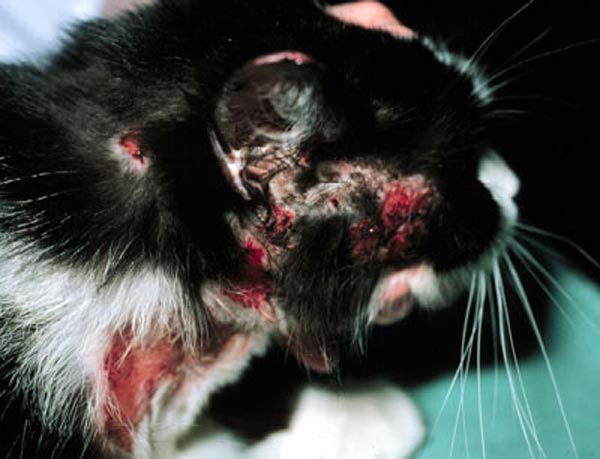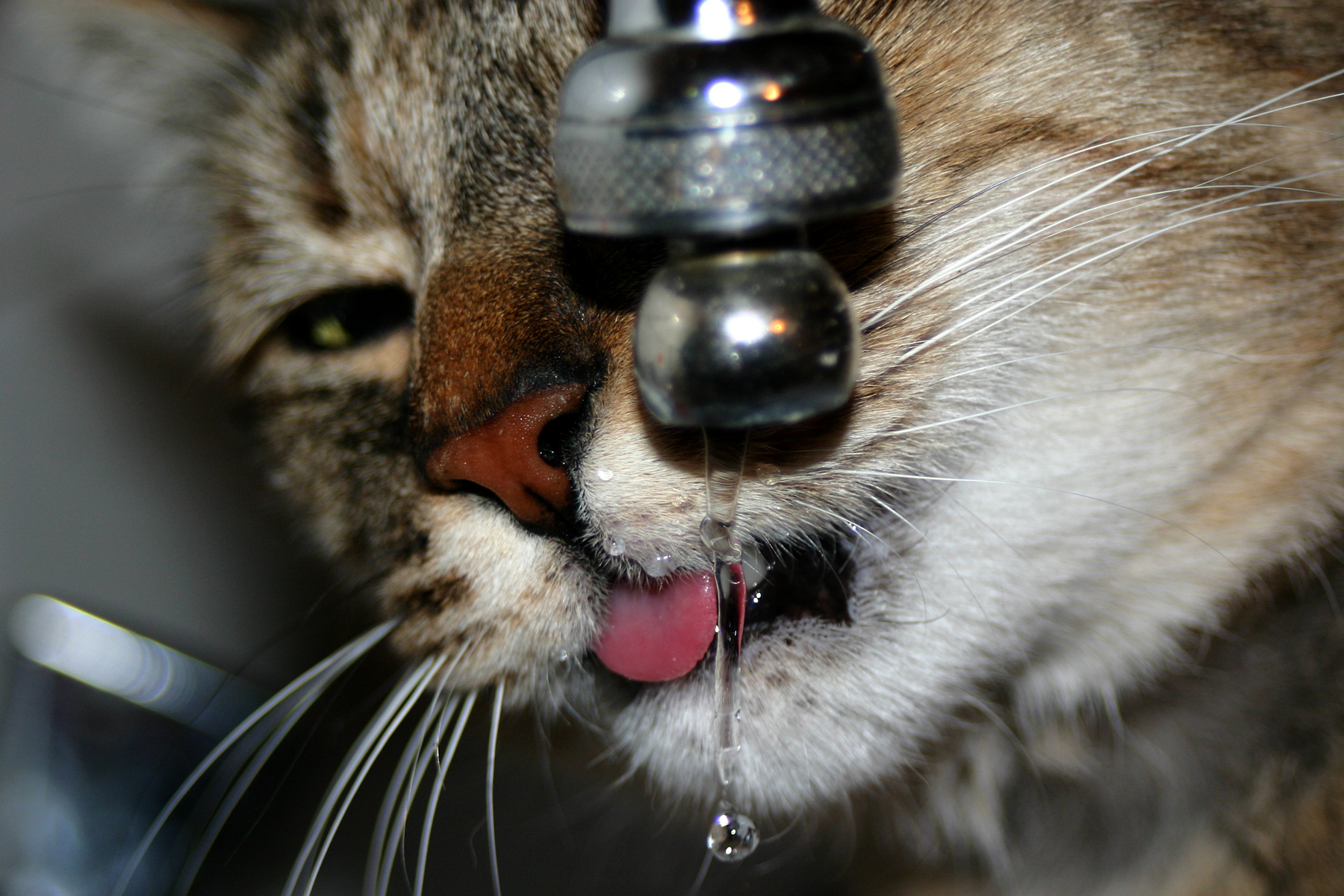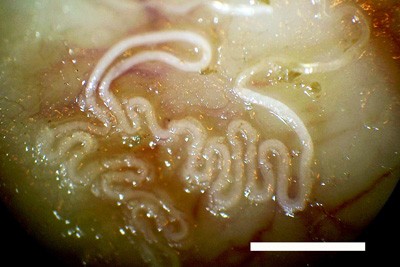Tag: feline
-

Immunotherapy in cats
—
by
Although “off-licence”, immunotherapy is well worth considering in our pruritic feline friends. Of course we need to rule out all other causes of pruritus first: Ectoparasites: As well as all the usual suspects, don’t forget Demodex can occasionally cause ventral alopecia and pruritus (that’s the funny flat form, not the cigar shaped one). Food allergies:…
-

Don’t talk to clients about free T4 evaluations
—
by
We recently had an elderly cat that presented with typical signs of hyperthyroidism. However, as is sometimes the case, total T4 proved stubbornly normal on two estimations a couple of weeks apart. So we suggested it would be a good idea to send a blood to the lab for free T4 estimation – and you…
-
Judging the severity of heart murmurs in cats
—
by
It is harder to correlate the grade of a heart murmur with the severity of the underlying heart problem in cats than it is in dogs. Some quite loud murmurs may occur with relatively small defects. It is sensible to assess the patient for clinical signs that would suggest an underlying problem (e.g. lethargy, abnormal breathing…
-
Mouth rinses for cats
—
by
Most effective are the chlorhexidine based rinses. Chlorhexidine gluconate is an antiseptic which reduces inflammation and bleeding of the gums and freshens the breath. It has no known side effects. Chlorhexidine acetate is antibacterial, but there are some reports of staining of the teeth after prolonged usage. Rinses may also help reduce plaque and calculus…
-

Phosphate levels in chronic kidney disease
—
by
The overall aim is to maintain the phosphate concentration in the lower end of normal range: <1.45mmol/l. IRIS (International Renal Interest Society) specify exact targets for each stage of CKD (two months post-start of treatment). CKD Stage 1: 0.81-1.20 CKD Stage 2: 0.81-1.45 CKD Stage 3: 0.81-1.61 CKD Stage 4: 0.81-1.94 For all cats with CKD,…
-
Hyperthyroidism and UTIs
—
by
Cats with hyperthyroidism are more vulnerable to bacterial UTIs. One study reported bacterial lower UTIs were diagnosed in 12% of hyperthyroid cats. Bacterial UTIs are clinically “silent” in a high proportion of older cats, with no haematuria, dysuria, or other signs to indicate their presence. Where possible, bacterial culture of cystocentesis-obtained urine samples (right) is recommended…
-

Lungworm in cats
—
by
Capillaria aerophila and Aelurostrongylus abstrusus are two of those most commonly found lungworm in cats. Cats become infected with lungworm when they drink water or eat prey infected with the larval stage of the worm. The larvae migrate out of the intestines via the bloodstream to the lungs, where they develop into adult worms and…
-
The VN status debate
—
by
I am currently stuck at home with a bad back, so I’ve had plenty of time to read a debate on Vet Nurse about the list for veterinary nurses being phased out in favour of the RCVS Register of Veterinary Nurses. It is an emotive topic and members of this forum seem to be showing…
-
Ticarcillin as a treatment for Pseudomonas otitis
—
by
I suspect we have all come across that tricky Pseudomonas otitis case that just seem to refuse to completely respond to antibiotic therapy in spite of extensive investigation for underlying causes. I had just one such case recently that, in spite of culture and sensitivity, blood work, skin biopsy, extensive flushing, lack of response to…
-
Communication and memory
—
by
I often see new graduate workshops and tutorials advertised where the seminar leaders address the problems of communication. Similar events are offered to older codgers, too. I’ve been to a couple; the Veterinary Defence Society points out the majority of complaints it handles involve some form of breakdown in communication. The speakers often lay the blame squarely…